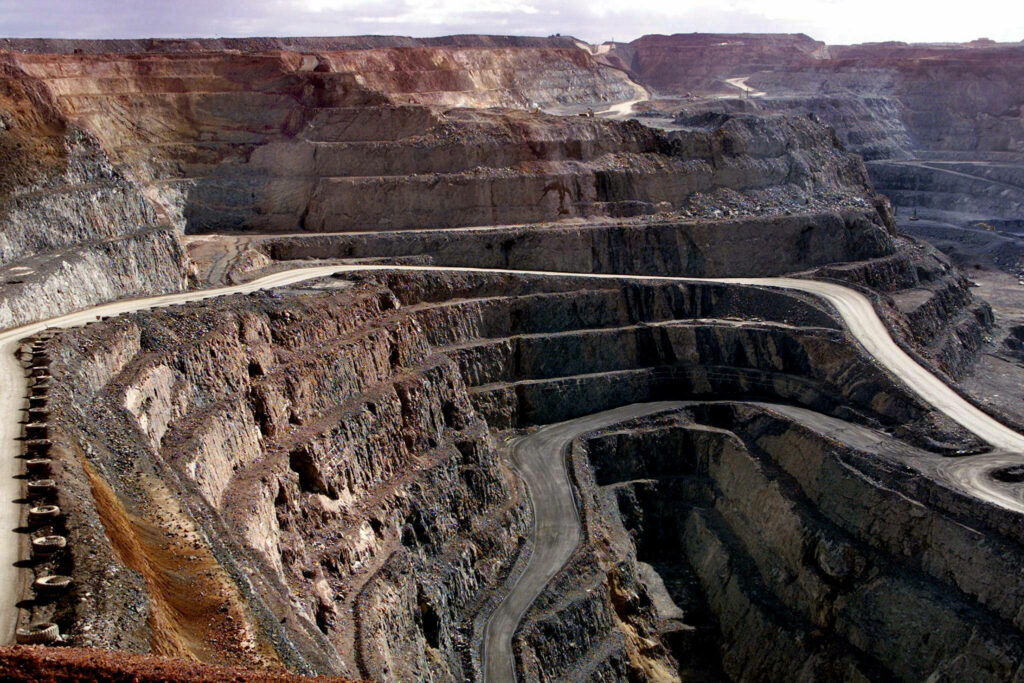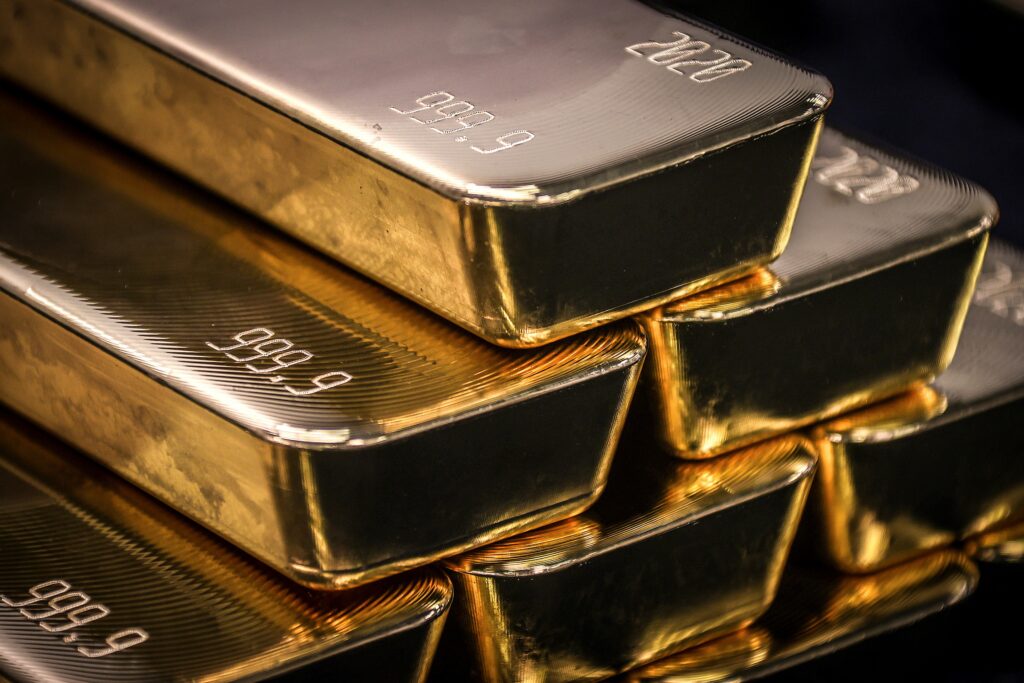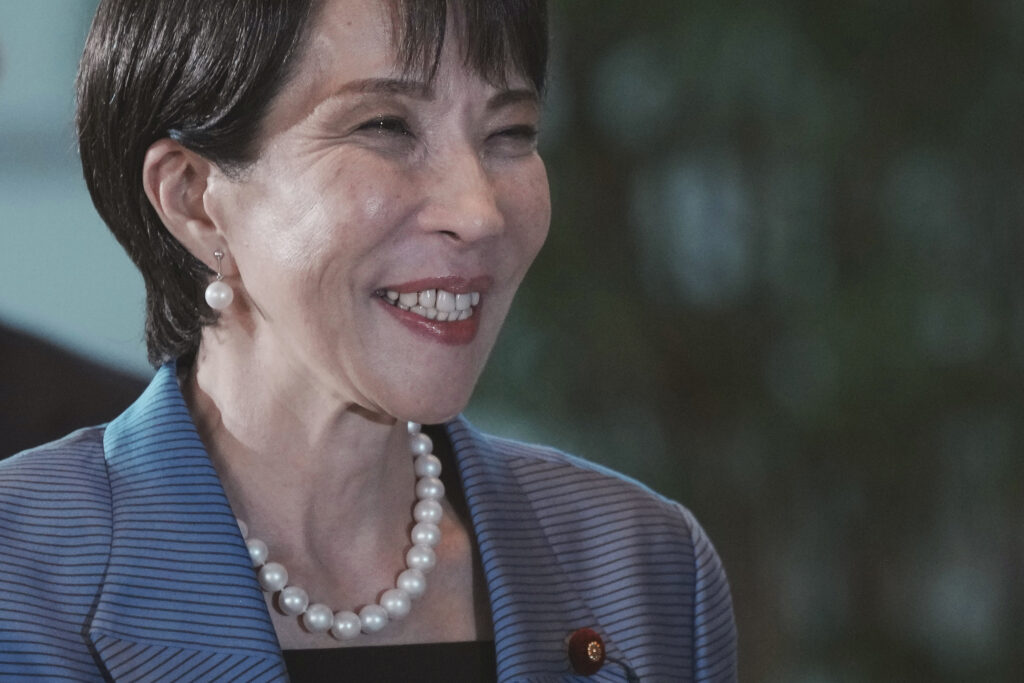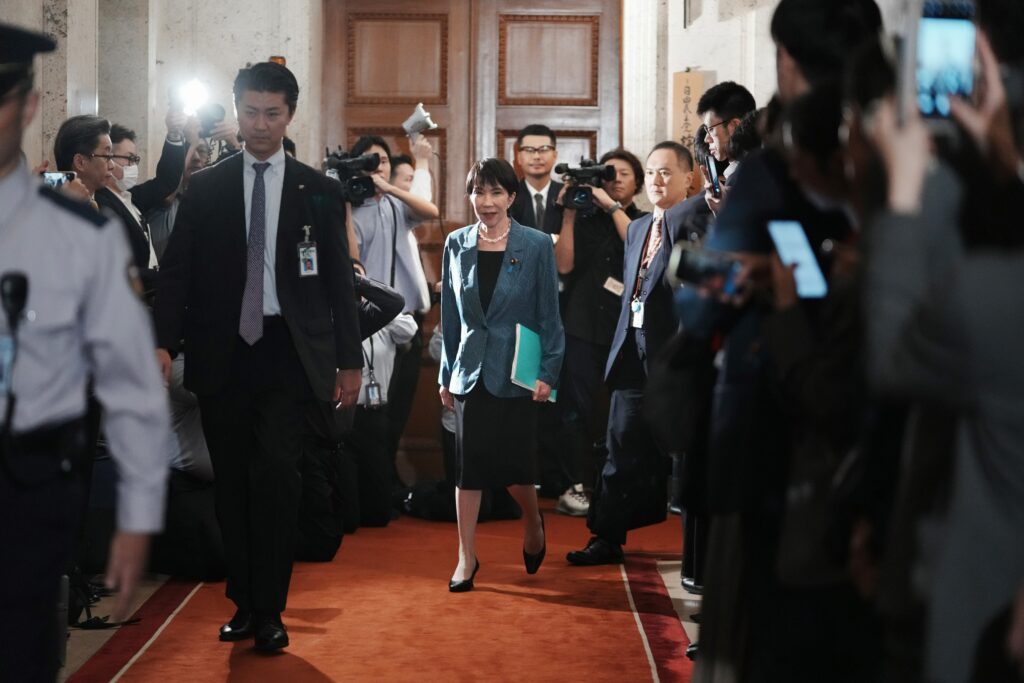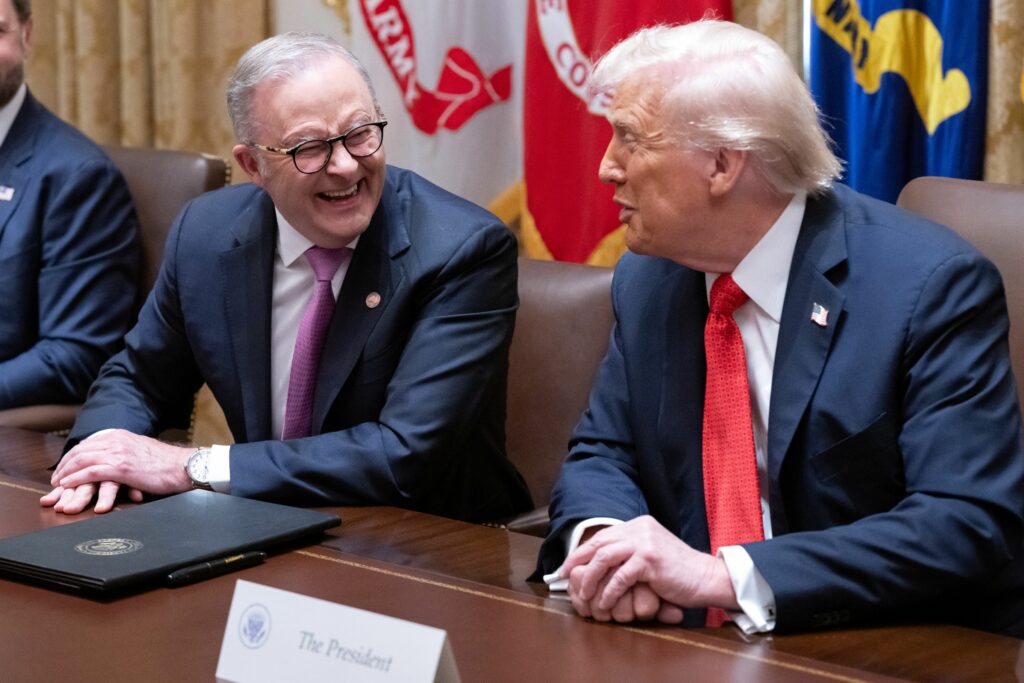Gold, stocks slide on economic jitters
Gold prices sank further Wednesday and major stock markets mostly fell on fresh economic jitters caused by China-US trade uncertainty and a batch of weak company earnings.Most European equity indices were lower and Wall Street fell slightly at the US open after declines in most Asian markets earlier.Further earning reports from US tech giants and other blue chips in the coming days, including from Tesla later Wednesday, were also keeping investors wary as they gauged the business outlook and the impacts of US President Donald Trump’s tariffs.London’s benchmark FTSE 100 index was a rare climber as the pound dropped on lower-than-expected UK inflation data that signalled another potential interest-rate cut from the Bank of England this year.Gold was once again a major focus after plunging six percent on Tuesday, a sell-off from record highs that rattled investor confidence in what is traditionally a safe-haven asset.Traders are “desperately trying to gauge whether… (Tuesday’s) historical collapse was indicative of a new period of weakness or simply a case of blowing off steam after a dramatic surge into record highs”, said Joshua Mahony, chief market analyst at Scope Markets.Gold fell a further 1.4 percent to around $4,060 an ounce Wednesday after chalking up a record peak above $4,381 on Monday.The retreat hit the share prices of gold miners, while individual companies were impacted by earnings updates.In Paris, L’Oreal shed 6.7 percent after the cosmetics giant posted third-quarter earnings that undershot analysts’ expectations, with US tariffs weighing on American sales in particular.On the upside, Barclays and UniCredit posted positive results, easing fears of a new banking crisis emerging in the United States. There were also concerns regarding US-China trade relations after Trump said a meeting with his counterpart Xi Jinping might not occur.Trump said Tuesday that he expected to seal a “good” trade deal with Xi at the APEC summit in South Korea next week, adding: “I think we’re going to have a very successful meeting. Certainly, there are a lot of people that are waiting for it.”But he then added: “Maybe it won’t happen. Things can happen where, for instance, maybe somebody will say, ‘I don’t want to meet. It’s too nasty.’ But it’s really not nasty.”Oil prices rallied on speculation that India would agree to cut its purchases of the commodity from Russia as part of a trade deal with the United States.Trump has claimed New Delhi pledged to reduce its imports from Russia, which Washington says helps finance Moscow’s war in Ukraine.Indian officials have neither confirmed nor denied any policy shift.- Key figures at around 1550 GMT -New York – Dow: DOWN 0.2 percent at 46,829.77 pointsNew York – S&P 500: DOWN 0.3 percent at 6,716.56New York – Nasdaq: DOWN 0.7 percent at 22,782.73London – FTSE 100: UP 0.9 percent at 9,515.00 (close)Paris – CAC 40: DOWN 0.6 percent at 8,206.87 (close)Frankfurt – DAX: DOWN 0.7 percent at 24,151.13 (close)Tokyo – Nikkei 225: FLAT at 49,307.79 (close)Hong Kong – Hang Seng Index: DOWN 0.9 percent at 25,781.77 (close)Shanghai – Composite: DOWN 0.1 percent at 3,913.76 (close)Euro/dollar: UP at $1.1611 from $1.1606 on TuesdayPound/dollar: DOWN at $1.3372 from $1.3374Dollar/yen: DOWN at 151.79 from 151.92 yenEuro/pound: UP at 86.86 pence from 86.78 penceBrent North Sea Crude: UP 2.5 percent at $62.86 per barrelWest Texas Intermediate: UP 2.7 percent at $58.81 per barrel
